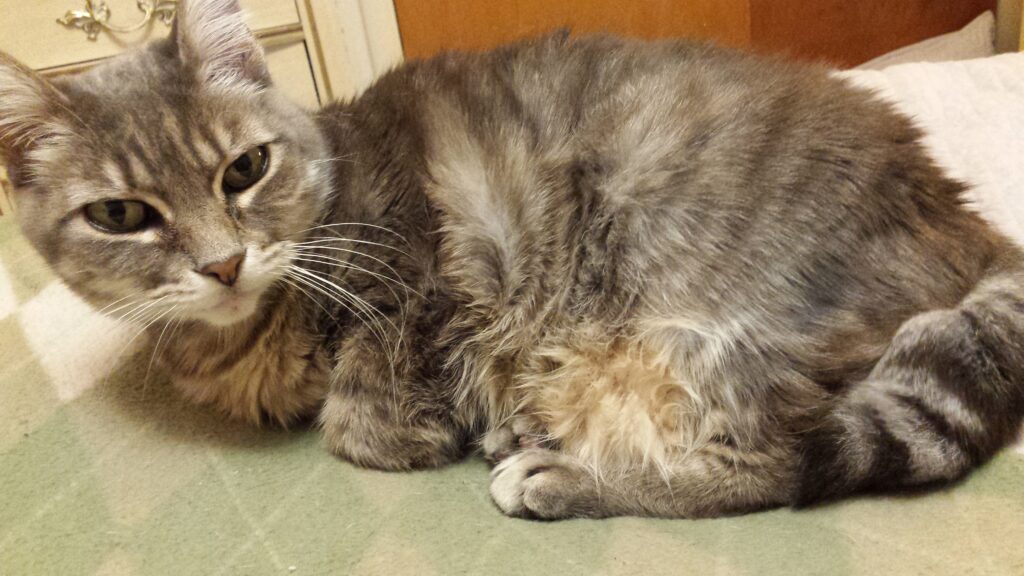
As November and NaNoWriMo wind down, many participants are closing in on their novel’s ending. It’s hard to start a novel—sometimes even harder to know where to end.
Writing Tip for Today: Here are a few tips to help you write your novel’s ending:
Three-Act Structure
The classic three-act structure breaks down a novel into chunks of activity to pull the story forward. The traditional three-act structure includes the following parts. Act I – Setup: Exposition, inciting incident, plot point one • Act II – Confrontation: Rising action, midpoint, plot point two • Act III – Resolution: Pre climax, climax, conclusion.
If you’ve followed a three-act structure, you may be nearing or just past your story’s climax scene. Some consider the climax scene to be at the tail-end of Act II. But no matter where you place it on your timeline, the climax should be the apex of tension, emotion and passion for the goal. Be sure to save the height of emotion, determination, stakes and action for this climax—and there should be only one climax scene.
If you reach this climax point but the goal, the character or the situation is very different from your novel’s first part, don’t panic. In my opinion, it’s better to rewrite the first parts than to water down the climax. Remember, you never want your readers to be confused or uncertain about your character’s quest or motive.
Good Climax Scenes
Effective climax scenes bring the story into a sharper focus—this means you probably don’t want your character to be ambivalent or “meh” at this scene. Give your readers renewed energy by showing them why they followed the story in Chapter One.
A good climax scene will show readers how your character has grown or changed over Acts I and II. If the climax comes after an “all hope is lost” moment, the contrast will remind readers of the original goal and trajectory of the story.
Often, the character somehow understands the why of the goal and uses that reason to find energy, motivation and emotion they didn’t know they had. Use that “all is lost/hopeless” moment as a way to pump up your character’s motivation and renew the original goal with added wisdom. Ask, “how is my character different now than when they started?”
Ask, “How is my character different now than when the story opened?”
Round Up
Another consideration for your novel’s ending is to be sure all your subplots can be resolved by the “resolution” or denouement. Writers call this “rounding up the horses.” If you’ve given secondary goals during your novel, give your readers satisfaction by at least hinting the direction of a character’s resolution to that subplot.
Stagger these minor resolutions in Act III so that they don’t all appear to happen at once. Save your “main goal” resolution for last. Don’t forget to let readers see how the character has changed or grown over the course of the novel. You can do this with inner thoughts and emotions as well as direct actions.
When your main goal is resolved, your story is over. Try not to linger too long after these resolutions—your readers may lose interest or feel unsatisfied by your ending. There are only a few possible endings to any story: Character gets the goal and is happy or unhappy. Character doesn’t get the goal and is happy/unhappy. If your character exits the story without caring one way or another, go back and revisit your original storyline. And if it’s a NaNo novel, don’t forget to pat yourself on the back for completing a 50k story in 30 days or less. Congrats!





